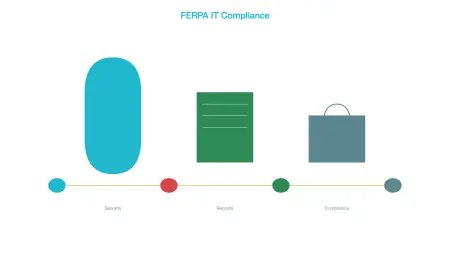Monitoring Without the Madness: Tools That Respect and Improve Productivity
Employee productivity matters. But how do you ensure people are doing their best work—without turning your office (or remote team) into a surveillance zone? The answer lies in balance. The right employee monitoring software doesn’t spy—it supports. It helps teams stay on track, without micromanaging or invading personal space.
In this blog, we explore how modern monitoring tools can actually boost productivity while respecting employee boundaries. No madness. Just smarter workflows.
What Is Employee Monitoring Software?
Employee monitoring software is a tool that helps companies track work activity. This includes time spent on tasks, app usage, login/logout times, website visits, and more. The goal is not to control but to understand how time is being spent and identify areas for improvement.
Used properly, it gives both managers and employees the data they need to work better—not harder. It promotes accountability, helps avoid burnout, and supports better planning.
Respectful Monitoring: What Does That Look Like?
Here’s the truth: people don’t mind being measured—if they’re treated with respect and transparency. Respectful monitoring includes:
1. Clear Communication
Before using any monitoring tool, employees should be informed. Tell them what data will be tracked, why it’s important, and how it will be used. This builds trust.
2. Focus on Outcomes, Not Hours
The best tools don’t just track time—they highlight productivity patterns. Focus on output, not clock-in minutes. This removes pressure and encourages quality work.
3. Privacy Controls
Modern tools offer privacy options like break modes or blurred screen captures. This ensures that personal time stays personal.
4. Opt-In Culture
Some teams do better when monitoring is optional. Let people choose to enable tools to track their time and tasks. It promotes self-awareness and ownership.
Key Features That Support, Not Stress
The best employee monitoring software tools today include features that improve workflows without creating tension. Look for these:
● Time Tracking
Track how long employees spend on each task. Helps identify bottlenecks and optimize planning.
● Activity Levels
See keyboard and mouse activity—not to judge, but to spot distractions or breaks in flow.
● Project and Task Breakdown
Tools that group time by project help in managing deadlines and resource allocation.
● Website & App Usage
Understand what tools are being used most. It’s a great way to find inefficiencies or unused software licenses.
● Custom Alerts
Gentle reminders can nudge employees to take breaks, end long sessions, or check in.
Benefits of Using Monitoring Tools the Right Way
1. Better Focus, Fewer Distractions
When people know their time is being tracked for self-improvement, they stay more focused. It reduces multitasking and digital wandering.
2. Remote Work Made Easy
For remote teams, monitoring tools bring visibility. You can see who’s online, what they’re working on, and how projects are progressing.
3. Helps Identify Burnout
Monitoring doesn’t just catch idle time—it also highlights overworking. If someone’s active for long hours every day, it may be time for a break.
4. Improved Planning and Resource Management
With clear data on how long tasks take, managers can plan future projects better. No more guesswork.
5. Boosts Accountability and Trust
When expectations are clear and tracking is transparent, people take ownership of their time.
Monitoring Madness: What to Avoid
Monitoring can go wrong when it turns into control. Here's what to steer clear of:
-
Micromanaging every click
-
Surveillance without consent
-
Strict keyboard/mouse quotas
-
Punishing based on tracking data alone
-
No room for human error
These practices break trust, increase stress, and damage team morale.
Top Employee Monitoring Tools That Respect Productivity
Here are a few trusted tools that balance productivity and privacy:
● Time Champ
A comprehensive employee monitoring software with privacy-first features, productivity insights, and real-time tracking. Suitable for both in-office and remote teams.
● DeskTime
Offers automatic time tracking, app usage reports, and built-in Pomodoro timers for balanced workdays.
● Hubstaff
Simple to use, with screenshots, activity levels, and task-based time tracking.
● Toggl Track
Great for freelancers or flexible teams. It offers manual time logging with visual reports.
Final Thoughts
Monitoring doesn’t have to mean madness. With the right approach and the right tools, it can empower employees, strengthen teams, and improve performance across the board.
The key is transparency, purpose, and respect. When employees understand that monitoring is meant to support—not spy—they respond positively. It builds a culture of accountability and trust, where everyone wins.
So, if you're looking to boost productivity without the stress, try a smarter, more balanced approach with modern employee monitoring tools. You may be surprised by how well it works—without the madness.
What's Your Reaction?
 Like
0
Like
0
 Dislike
0
Dislike
0
 Love
0
Love
0
 Funny
0
Funny
0
 Angry
0
Angry
0
 Sad
0
Sad
0
 Wow
0
Wow
0


















































